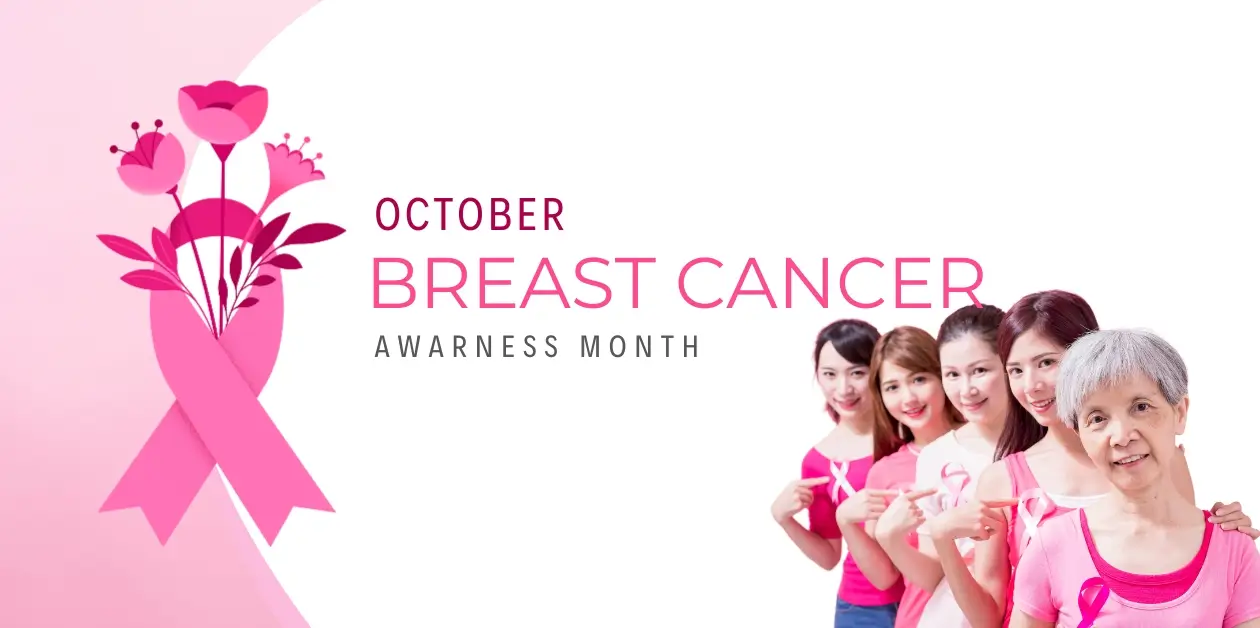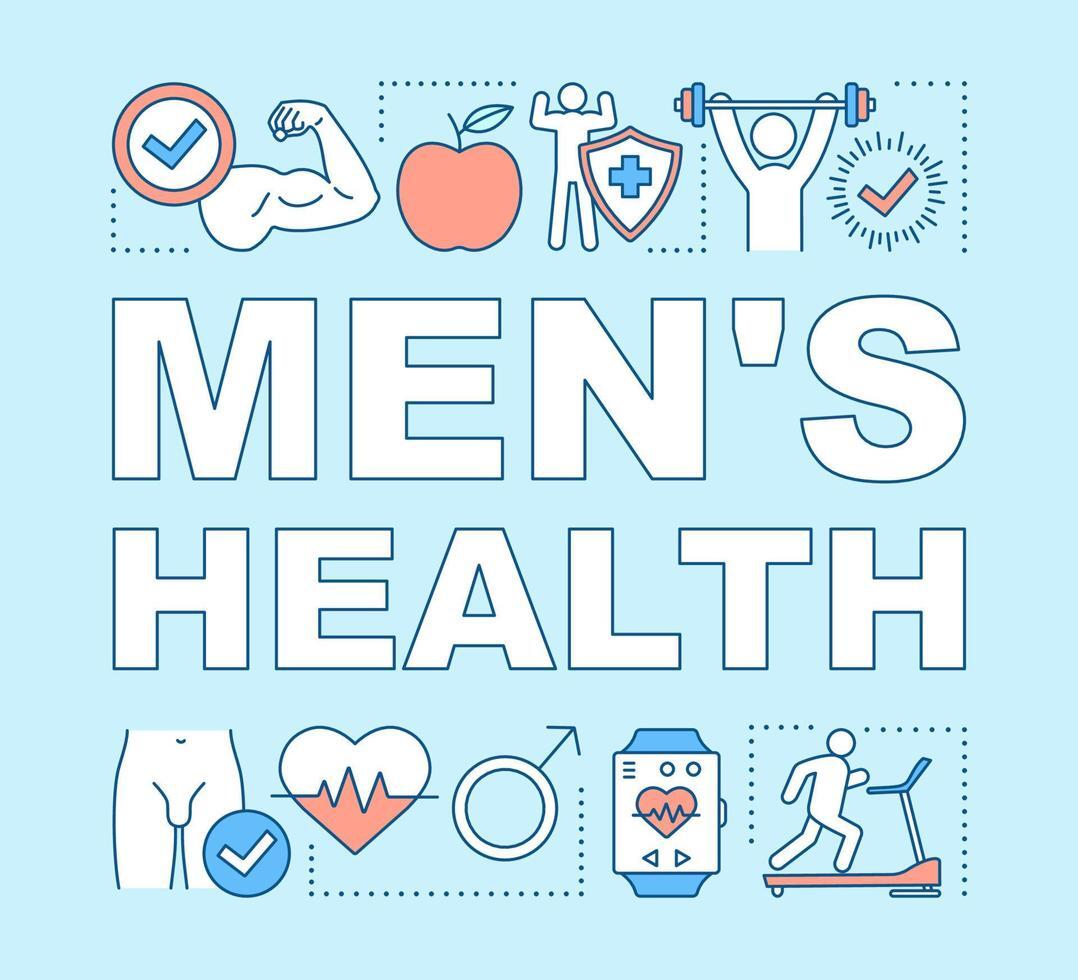Breast cancer is a condition where cells in the breast grow abnormally and rapidly. While the diagnosis can be serious, the good news is that incredible advancements in medicine mean early detection is the most powerful weapon we have for successful treatment and survival.
You might discover breast cancer by noticing a new lump yourself, or it might be found during a routine screening mammogram before any physical signs appear. Knowing your risks and recognizing potential red flags is the first critical step toward protecting your health.
Understanding Your Risk Profile
Breast cancer risk factors can be broken down into two clear categories: the ones that are part of your history and the ones you have the power to influence every day.
Factors Beyond Your Control
These elements establish your baseline risk, highlighting why regular professional screening is non-negotiable:
- Age: Your risk naturally increases as you get older.
- Family History: Having an immediate relative (parent, sibling, or child) who has had breast cancer.
- Gender: While overwhelmingly more common in women, it's vital to remember that men can and do get breast cancer.
- Health History: Having dense breast tissue or a previous history of breast cancer.
Actionable Steps to Lower Your Risk
Making positive lifestyle changes can significantly contribute to minimizing your overall risk profile:
- Limit Alcohol: The risk is directly proportional to the amount of alcohol consumed.
- Quit Smoking: Smoking is a known contributor to many cancers, including breast cancer.
- Prioritize Activity: Engage in regular physical activity. The general guideline is at least 150 minutes of moderate exercise per week.
- Maintain a Healthy Weight: Excess body weight, particularly after menopause, increases your risk.
Key Signs and Symptoms to Spot 👀
Self-awareness is paramount. The best defense is to become intimately familiar with what your breasts normally look and feel like. If you notice any persistent or unexplained changes, consult your doctor immediately.
| Area | Key Change/Symptom |
|---|---|
| Lumps & Thickness | A new lump, swelling, or noticeable thickening in the breast or the armpit region. |
| Skin Appearance | Unexplained dimpling, puckering (sometimes described as like an orange peel), redness, or scaling. |
| Nipple Changes | The nipple turning inward (inversion), or any unusual discharge (especially if it is bloody or clear). |
| Shape/Size | Any recent, noticeable change in the contour, size, or symmetry of one breast. |
| Pain | Persistent pain or tenderness in the breast or armpit that doesn't subside. |
If you detect any of these signs, please schedule a doctor’s appointment immediately. Early intervention is critical.
Diagnosis and Modern Treatment Pathways
The field of oncology has made remarkable strides, making breast cancer one of the most treatable forms of cancer when detected in its early stages.
How Diagnosis is Confirmed
- Clinical Follow-up: Any finding—a physical lump or an abnormality on a screening mammogram—prompts a more detailed investigation.
- Advanced Imaging: Doctors use tools like a diagnostic mammogram and ultrasound to capture detailed images of the suspicious area.
- The Gold Standard: Biopsy: This is the definitive step. A small tissue sample is removed and analyzed in a lab to confirm the presence and type of cancer.
Personalized Treatment Options
Treatment is precisely tailored based on the cancer's unique characteristics (stage, size, hormone receptor status), but typically involves a combination approach:
- Surgery: The goal is removal. This could be a lumpectomy (removing only the tumor) or a mastectomy (removing the entire breast).
- Radiation Therapy: High-energy beams are often used post-surgery to destroy any remaining microscopic cancer cells in the breast region.
- Systemic Treatments: Drugs that work throughout the body, including chemotherapy, hormone therapy, and highly specific targeted therapies.
Conclusion: Awareness is Your Best Protection
The single greatest action you can take against breast cancer is awareness. You are empowered to influence your health through positive lifestyle choices and by making screening a priority.
Your most important takeaway: Have an open discussion with your healthcare provider about your personal risk factors and establish a clear schedule for your routine screening mammograms. Early detection is the lifeline that saves lives. 🎗️






Comments (0)
You must be logged in to leave a comment. Login here
No comments yet
Be the first to share your thoughts!